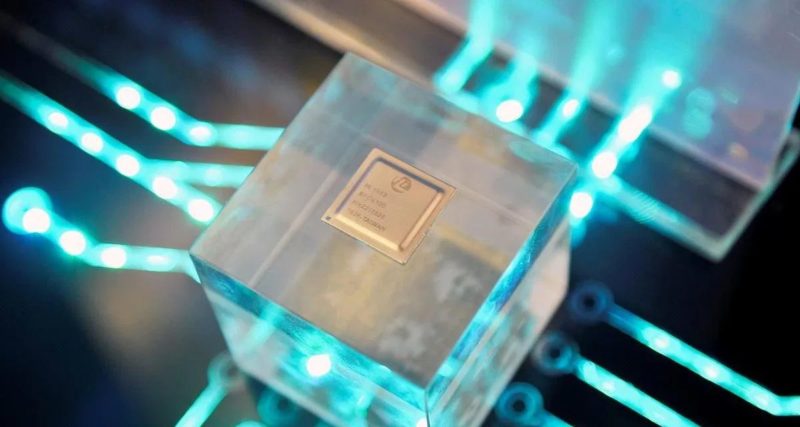ARM’s new edge AI processors envisions Internet of Things (IoT) devices that are not dependable on cloud.
Why does ARM use edge AI and what will it change about the need for cloud?
Edge AI is one of the biggest trends in chip technology. It enables artificial intelligence processing on edge computing, in other words, on devices without a cloud connection.
Apple’s recent acquisition of the company named Xnor Ai, and Google’s initiative called Coral shows the way that the trend is following. Chipmaker ARM also joined the journey with two new processors now.
The company introduced Ethos-U55, a neural processor that aims to match ARM Cortex-M55 and Cortex-M55 for more demanding use cases.
The advantages of Edge AI are obvious: Running artificial intelligence operations on a device instead of a remote server provides an advantage in terms of privacy and speed.
Like the previous generation of chips from ARM, new designs will not be produced by ARM; rather, they will serve as an example that its partners will base their products on.
What makes ARM’s new processor designs particularly interesting is that they are not actually designed for phones and tablets. The company now aims to use its processors to develop new Internet of Things devices and move AI to more devices that previously did not not have these capabilities.
The features of Arm Cortex-M55 and Ethos-U55 NPU
ARM Cortex-M55 is the latest model in ARM’s Cortex-M processor series. It offers up to 15 times more performance than the company’s previous machine learning system. It also promises a 5 times increase in the processing of digital signals.
For demanding AI tasks, you can combine the Cortex-M55 (or previous Cortex-M processors) with the Ethos-U55 NPU, to take things a step further. The chip which is 480 times faster than the previous generation of Cortex-M processors. It can also work 32 times faster in machine learning compared to Cortex-M55.
Although these are impressive stats, ARM expects the improvement in data flow to make a big difference in what artificial intelligence platforms can do. For example, improvements in M55 may offer more advanced features such as object recognition.
The combination of Cortex-M and Ethos-U55 promises even more functionality with the potential to perceive gestures and in speech recognition.
All these advances will take some time to appear though. While announcing the designs today, ARM also stated that these processors will not be ready until the beginning of 2021.





